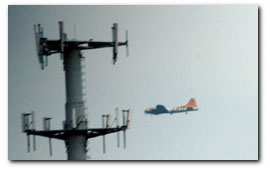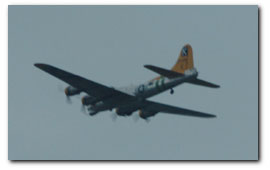Dr. Chet Richards offers an article for first responders in the age of 4th Generation Warfare (400K PDF):
This is where you come in. As impressive as insurgencies have been, at first glance they don’t seem to involve the 1RP community. Although many of them are nasty, brutish affairs—more than 100,000 people have been killed in Russia’s effort to rein in its breakaway province of Chechnya (1994 – present), for example, and some 3 million in the ongoing civil war in the Democratic Republic of Congo (1998-present)—they are all far away, and most of them do not threaten American or European troops or civilians.9 They may be tragic, but as far as the 1RP community is concerned, they can be safely ignored.
This view, while comforting, is wrong. Being wrong, it is also dangerous. To see why, people who study these conflicts insist that they must be considered not as curious space-fillers on the evening news, but, as Barnett puts it, “within the context of everything else.”10 This means, among other things, that spillover from these wars finds its way to the United States and other developed nations (what Barnett calls the “Functioning Core.”) Participants, for example, may attack each other’s friends and relatives or fund-raising and recruiting operations, or embassies and so on in Core countries. Or they may see us as favoring the other side and decide to send us a message to back off and get out. Or they may cause a problem and blame it on the other side. Or they may cause a problem in our country to raise international consciousness of their struggle. Or they may attack to signal to both their local enemies and potential followers that they are a potent force, as may have been one of the motivations for al-Qa’ida’s attack on September 11, 2001. In any of these cases and so many others, something happens that would involve the first responder community.
Insurgency as a form of war, and a very successful one, is evolving into something else. And it is coming to a neighborhood near you.
Lauren Porcaro interviews New York City’s William Finnegan regarding their view of the threat and what they’ve learned from London.

